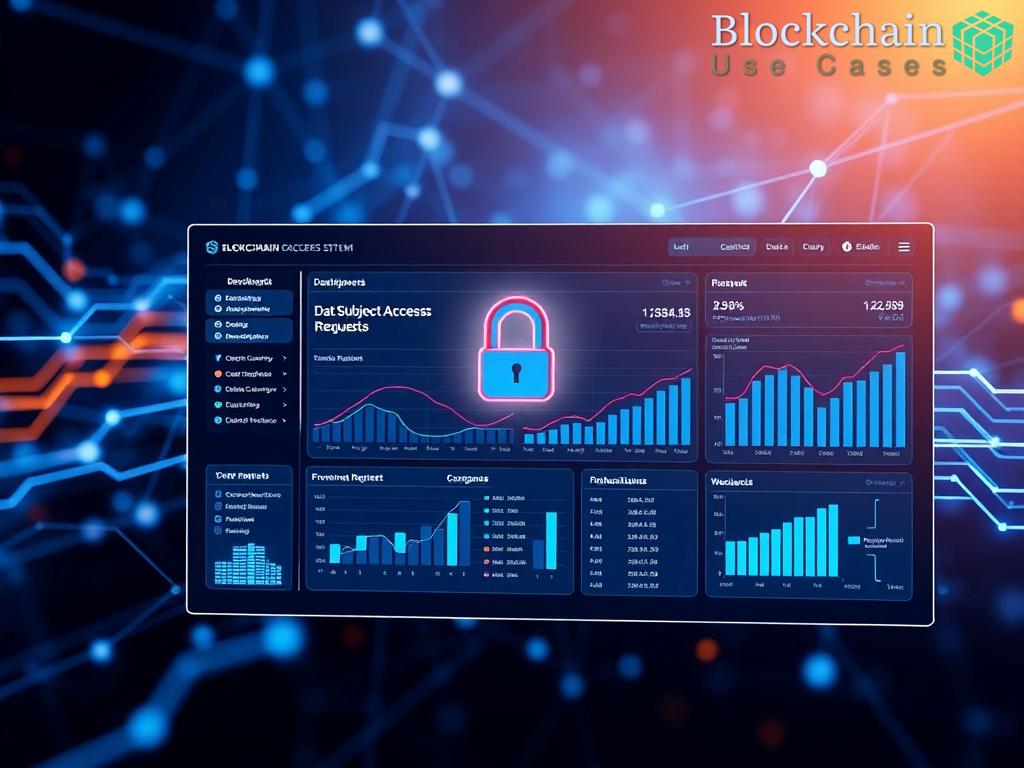Understanding the Challenge of Security Patch Management
![]()
In today’s digital landscape, security vulnerabilities are an ever-present threat, making timely patch management critical for organizations. However, the process is often mired in confusion, with multiple stakeholders involved and no clear visibility into the status of patches. This is where blockchain technology comes into play, offering a revolutionary solution to enhance transparency and accountability in security patch management.
The Blockchain Advantage: Enhancing Visibility and Accountability
![]()
Blockchain, a decentralized and immutable ledger system, can provide a transparent and secure method for tracking security patches across various stages of deployment. By recording every action related to patch management on a blockchain, organizations can ensure that all parties involved have access to the same information, eliminating discrepancies and improving trust.
Imagine a scenario where every patch is recorded with timestamps, authorization details, and status updates. This creates a comprehensive audit trail that can be accessed and verified by security teams and compliance auditors alike. The result? Enhanced accountability and reduced risk of oversight—two critical elements in maintaining a secure environment.
Key Benefits of Implementing Blockchain for Patch Management
Implementing blockchain for security patch management not only enhances transparency but also streamlines the entire process. Here are some compelling benefits:
- Immutable Record Keeping: Once a patch is recorded on the blockchain, it cannot be altered or deleted, ensuring a reliable history of patch management.
- Real-Time Updates: Stakeholders can receive instant notifications about patch statuses, allowing for quicker responses to vulnerabilities.
- Decentralization: Eliminates the reliance on a single point of failure, thereby reducing the risk of data manipulation.
- Enhanced Compliance: A transparent and auditable patch management process simplifies compliance with regulatory requirements.
In summary, utilizing blockchain for transparent tracking of security patch management can transform how organizations approach cybersecurity, fostering a culture of trust and accountability while significantly improving their defense mechanisms against potential threats.




